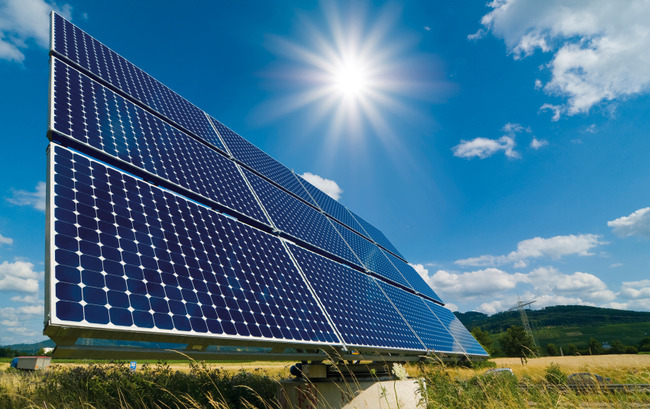<p>Skyrocketing energy prices and environmental concerns are leading countless individuals to consider alternative energy sources to move away from fossil fuels. Among the other energy options are wind, solar and coal, but they don&#8217;t have equal advantages.</p>
<h3>Issues Related to Coal</h3>
<p>Solar and wind power have the distinct advantage of being renewable sources of energy. One of the biggest benefits of solar energy is that it doesn&#8217;t destroy the environment in its production. Coal does have a more destructive impact on the environment because it requires mining to get it out of the ground, and it isn&#8217;t a renewable resource.<br />
Coal mining also presents other risks. Workers in the coal mine are at risk of the mine collapse, which can cause them to be trapped inside the mine without oxygen. Many coal miners have died in such accidents, even in recent years. Coal mining also pollutes water due to coal sludge and acid runoff.<br />
Burning coal for fuel also releases toxic fumes into the air and leaves a heavy black soot everywhere. Exposure to coal causes a significant number of negative health effects, including the following:</p>
<ul>
<li>reduction in life expectancy</li>
</ul>
<ul>
<li>black lung</li>
</ul>
<ul>
<li>hospitalization for respiratory illnesses</li>
</ul>
<ul>
<li>congestive heart failure</li>
</ul>
<ul>
<li>chronic bronchitis and asthma attacks</li>
</ul>
<ul>
<li>cancer</li>
</ul>
<p>Source Watch also states that coal is the least efficient fuel in terms of amount of energy produced compared to the amount of harmful CO2 emissions it releases into the atmosphere.</p>
<h3>The Solar Alternative</h3>
<p>People have been interested in harnessing the energy power of the sun for decades. Solar panels mounted to roofs and buildings can transform the sun&#8217;s light into electricity. However, proponents of solar power initially found it difficult to persuade others to embrace this model of energy generation because the original solar panels were less efficient.<br />
According to Scientific American, solar panels were originally made out of silicon, which produced an electrical current when the sun&#8217;s rays hit it. The electrons in silicon would actually move when the sun hit them! This technology worked well, but it was very expensive because it was difficult to obtain large enough pieces of silicon.<br />
Newer solar panels are made from smaller and more widely available materials, including copper, indium, gallium and selenide. Although these new materials, often referred to as &#8220;thin-film solar technology&#8221; are cheaper, they&#8217;re not as efficient at turning sunlight into energy.<br />
One of the most exciting advancements in solar energy is the fact that new technology is making it more easily stored, which alleviates concerns some have had about how to access energy during periods of cloudy weather. According to the website PolicyMic, a researcher at Wake Forest University has learned how to collect and store the sun&#8217;s rays day and night, even when the sun isn&#8217;t shining.<br />
Newer solar energy panels are much more reliable than they were in the past. The new panels use radiant heating, lower temperatures, and are more efficient at collecting energy. In addition, the improvements in solar power energy have made it a much more cost-effective technology.<br />
Aside from being a cost-effective and efficient alternative to using fossil fuels, solar energy also avoids the worst hazards of non-renewable fuels. Solar energy does not pollute the environment, does not cause health damage, and is a renewable source of energy that we can rely on for years to come.<br />
This article was written by Nicole, a blogger who has spent many years researching the best ways each of us can do our part to save the environment. She recommends www.solarmyworld.com.au as a great solar company.</p>

Solar Energy Becoming As Reliable As Coal?
